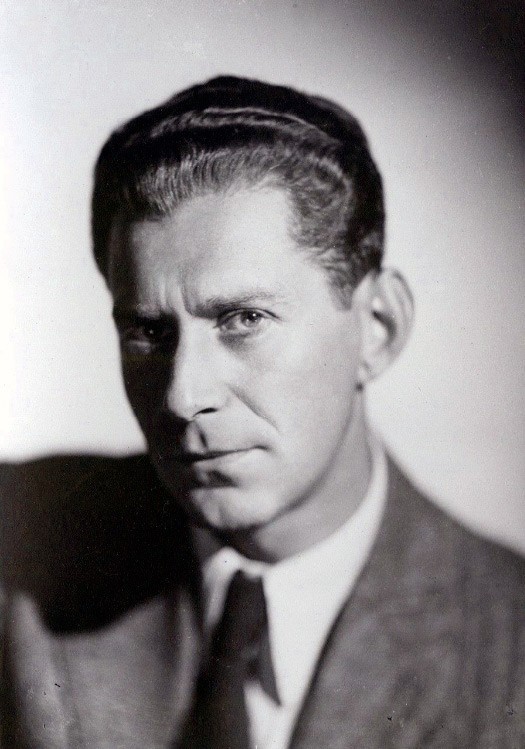foto mix
Benedykt Jerzy Dorys
(actually: Rotenberg) (born 1901 inKalisz, died 1990 inWarsaw). One of the most famous and eminent Polish photographers. Already as a 13-year-old boy, he took amateur photographs in his home town. As a professional, he debuted in 1928 during the first International Salon of Art Photography in Warsaw. A year later, he opened his own studio “Foto Dorys" at Aleje Jerozolimskie 41 (at that time, he used already a pseudonym, although officially he didn’t change the name until the end of the war). The information about the extraordinary photographer was spread throughout the capital city very quickly. When Dorys portrays totally unknown Władysława Kostakówna, the girl becomes Miss Poland soon – chosen of course on the basis of the photography taken by Dorys. Afterwards, Zofia Batycka is awarded the title of Miss Poland in the same way.

Portrait became a specialty of Dorys. “I like to take photographs of such faces the most that allow me to explore human personality" – he said1. It quite quickly became something in best taste among the elites in the capital city to possess one's own portrait made by Dorys. Among people of science, entrepreneurs, politicians and eminent artists whose portraits he made in his studio were also great people of the Polish cinema, i.a.: Eugeniusz Bodo, Adolf Dymsza, Hanka Ordonówna and Mieczysława Ćwiklińska. Dorys neither visited film sets nor took stills, however especially the pre-war film industry owes him a lot – Dorys captured its stars in times of their greatest triumphs, preserved a part of that culture with its trends and beauty ideals, meeting actors’ expectations who surely wanted to be remembered for ever in the way they were photographed by Dorys.
His biggest fame came with a series of photographs taken in Kazimierz Dolny between 1931 and 1932. Although for the first time they were presented, in Warsaw Kordegarda, only in 1961, they were still hailed as the first Polish photographic report. “It has everything what is needed – wrote Adolf Rudnicki about the series – to revive the world that doesn’t exist anymore. Scent, atmosphere, temperature, people – everything authentic. It is the world of bitter, screaming poverty, ruins, marsh, barefoot and ragged children playing just next to the gutter, poor little shops in which there were only a jar of pickled cucumbers, a kilogram of candies and a barrel with kerosene. It is a world rich and soft in its poverty, not caught in any organisational charts, a world saved from one conflagration and waiting for another one, world that is dramatic, full and dormant, expecting disaster and helpless – unable to protect itself from the misery"2.
In September 1939, Dorys fights in the defense of Warsaw. In autumn, a gentleman in a tiny Tyrolean hat – as the photographer described him himself – appeared in his studio. “He presented his identity card with German stamp and offered common running of the studio. I agreed immediately and asked him to come at five on the next day. The day after, neither I nor any cameras were there anymore. I took everything in cabs to a well-known photographer Kirchner who lived nearby. Earlier, I put the archives of the studio in the cellar. Afterwards, when the commissioner told me to open the cellar, I took them to the cellar of another house, in which my friends lived"3.
Dorys, a photographer of Jewish origin, had to move to the Ghetto. He ran photographic studios there: first at Chłodna, then at Elektoralna. In 1942, he escaped from the Ghetto and was in hiding on the Aryan side. He survived the war and opened a new photographic studio at Nowy Świat 29 already in 1946. He ran it until the mid-1980s.
Piotr Śmiałowski
1. Quotation from the introduction to the exhibition “Foto Dorys" opened on 12 December 2013 in the National Library
2. A. Rudnicki, Niebieskie kartki, „Świat", 1960, No. 47
3. Quotation from http://warszawa.gazeta.pl/warszawa/1,97596,4055811.html




